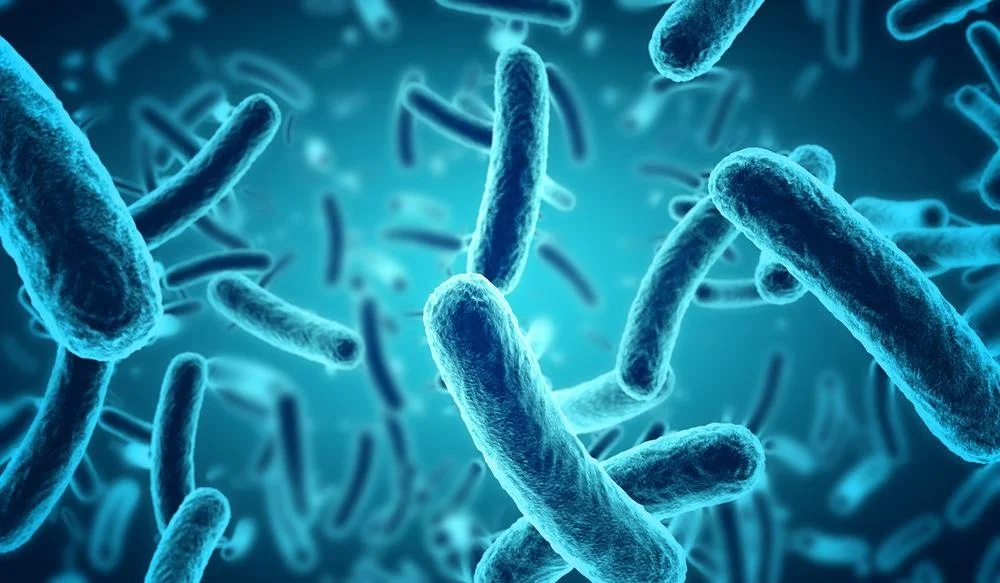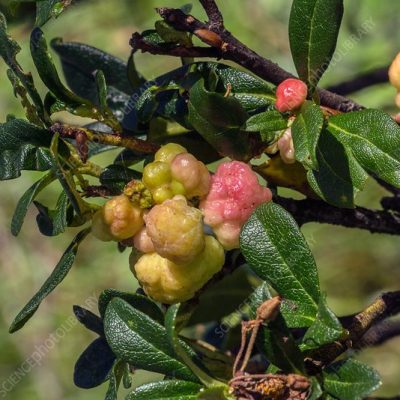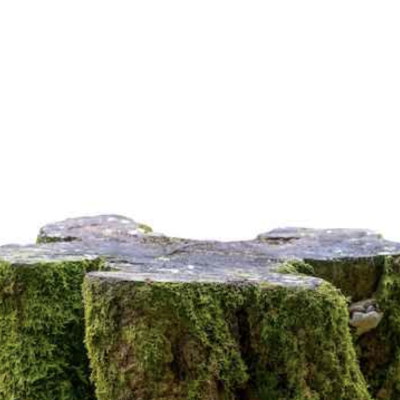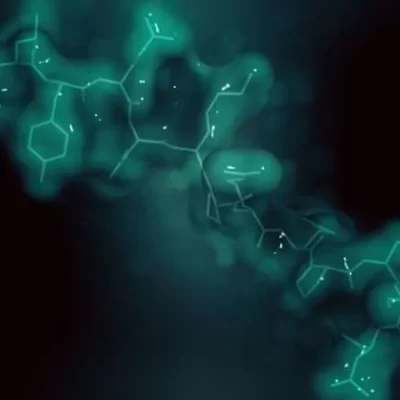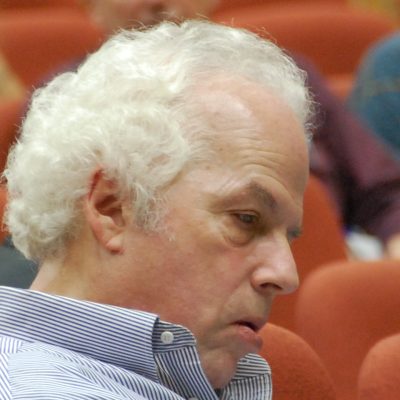Evidence points to the likelihood of life existing beyond our planet. Analysis of ancient microorganisms dating back 3.456 billion years in Western Australia unveils intriguing features. Two species demonstrated photosynthesis, while one utilized methane in constructing its cell wall.
Body text: The early diversity of life on Earth challenges the notion that life originated solely on our planet, considering the vastness of the universe and the multitude of exoplanets. These facts make it challenging to imagine life’s exclusive beginnings on Earth.
Earth, at 4.55 billion years old, saw the emergence of the oldest fossilized life forms a billion years after its inception. Around 3.4 billion years ago, certain bacteria not only produced methane but also consumed sulfur. “This suggests that primitive life forms could readily evolve into more advanced microorganisms,” says paleobiologist William Schoff, a professor at the University of California (USA). The study, published in the journal PNAS in November 2017, utilized SIMS technology to analyze carbon isotopes, revealing insights into the metabolism of ancient microorganisms.
Around 3.465 billion years ago, Earth’s oxygen levels were low, with a significant increase occurring about 2 billion years ago. During this time, photosynthesis was in its early stages, and oxygen proved lethal to microorganisms. While modern microorganisms with primitive photosynthetic abilities are scarce today, those that exist thrive in oxygen-free environments with light, though such conditions are rare.
Traditionally, the surface rocks on Earth, with an average age of 200 million years, limited the study of ancient life forms. Technological advancements now permit a closer examination of Earth’s ancient history.


